Semi-trailers are an integral part of transportation logistics, carrying heavy loads across vast distances. Ensuring their operational efficiency is paramount for safety and performance. One critical component that warrants attention is the wheel bearings. Properly tightened wheel bearings can prevent costly maintenance issues and extend the lifespan of your semi-trailer. Below, we will delve into an in-depth guide on how to tighten wheel bearings on semi-trailers effectively, covering every aspect from identification to execution.
Understanding Wheel Bearings
What Are Wheel Bearings?
Wheel bearings are assembly units allowing the wheels to rotate with minimal friction. They consist of rolling elements (bearings) held together by a race. The type and quality of the wheel bearings can significantly impact the semi-trailer’s performance and load-bearing capabilities.
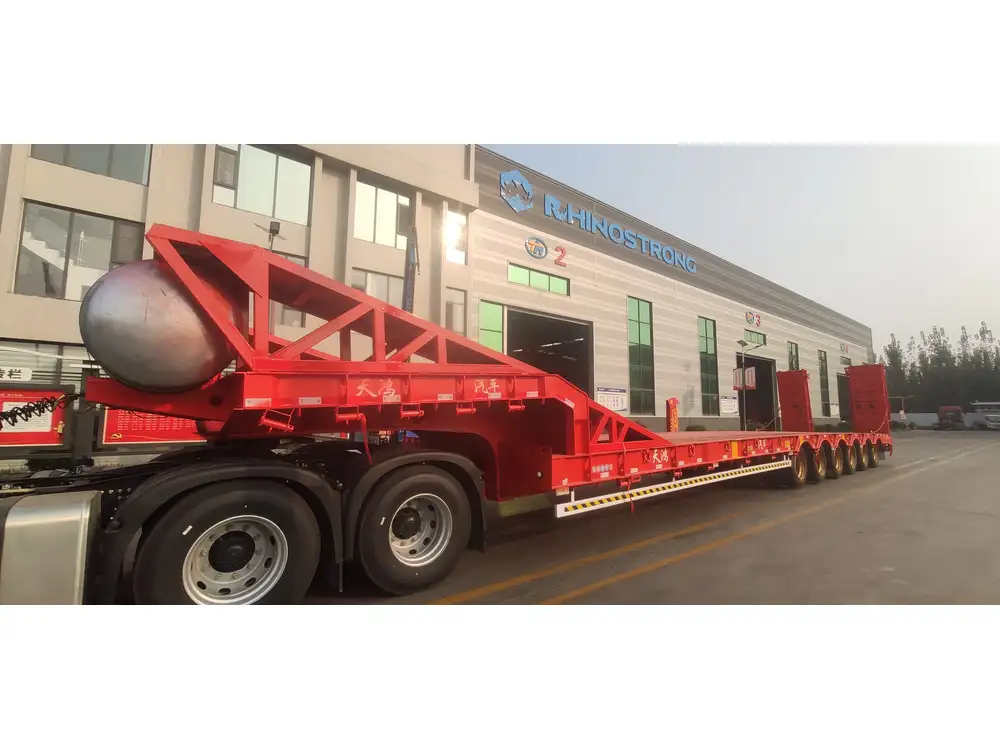
The Importance of Properly Tightened Wheel Bearings
- Safety Assurance: Loose wheel bearings can lead to wheel detachment, causing catastrophic failures.
- Smooth Operation: Proper bearing tension ensures smoother wheel rotation and improves fuel efficiency.
- Increased Longevity: Tightening wheel bearings prevents excessive wear and prolongs the lifespan of both bearings and tires.
Identifying the Signs of Loose Wheel Bearings
Before proceeding to tighten wheel bearings, it is essential to recognize the signs that indicate when adjustments are necessary:
| Symptoms | Possible Issues |
|---|---|
| Excessive play in the wheel | Loose bearings requiring adjustment |
| Unusual noises | Grinding or rumbling sounds indicating friction |
| Vibration during operation | Imbalance caused by misaligned bearings |
| Uneven tire wear | Potential drag due to improperly tightened bearings |
Tools and Materials Required
To effectively tighten wheel bearings on a semi-trailer, gather the following tools and materials:
- Adjustable wrench or socket set
- Torque wrench (for precise tightening)
- Lubrication (if necessary)
- Clean cloths or shop rags
- Safety gloves
- Wheel chocks
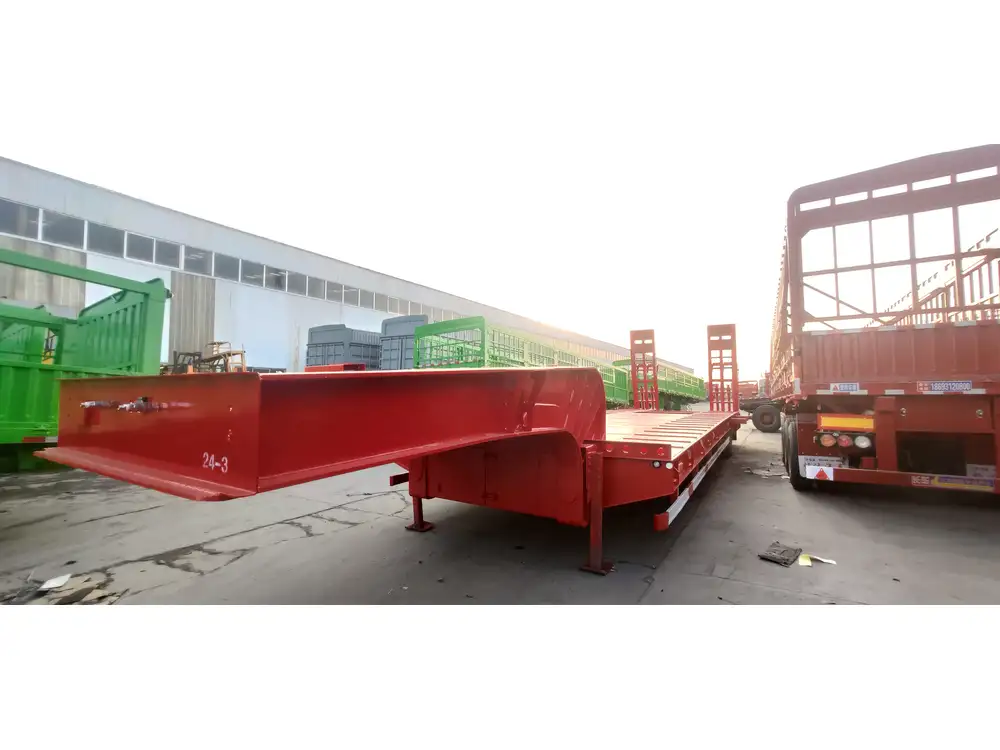
Step-by-Step Guide to Tightening Wheel Bearings
Step 1: Prepare the Area
Ensure the work area is clear, and the semi-trailer is parked on firm, level ground. Always engage wheel chocks to prevent the trailer from rolling.
Step 2: Remove the Wheel Hub Assembly
- Loosen the Lug Nuts: Using a lug wrench, loosen the lug nuts securing the wheel.
- Lift the Semi-Trailer: Utilize a jack to lift the semi-trailer. Secure it with jack stands to prevent slips.
- Remove the Wheel: Take off the wheel to expose the hub assembly.

Step 3: Inspect the Wheel Bearings
With the wheel hub assembly exposed, visually inspect the condition of the wheel bearings. Look for any visible signs of damage, excessive grease loss, or fines buildup.
Step 4: Identify the Bearing Adjustment Method
There are various methods for tightening wheel bearings. The most common include:
- Nut Adjustment (for basic design hubs)
- Cone Adjustment (for more advanced hubs)
Nut Adjustment Method
- Locking Nut Removal: Use a wrench to remove the locking nut that retains the spindle nut.
- Tighten the Spindle Nut: Hand-tighten the spindle nut until snug, then back it off slightly to allow for bearing expansion.
- Reattach the Locking Nut: Ensure the locking nut is securely fastened against the spindle to avoid loosening during operation.
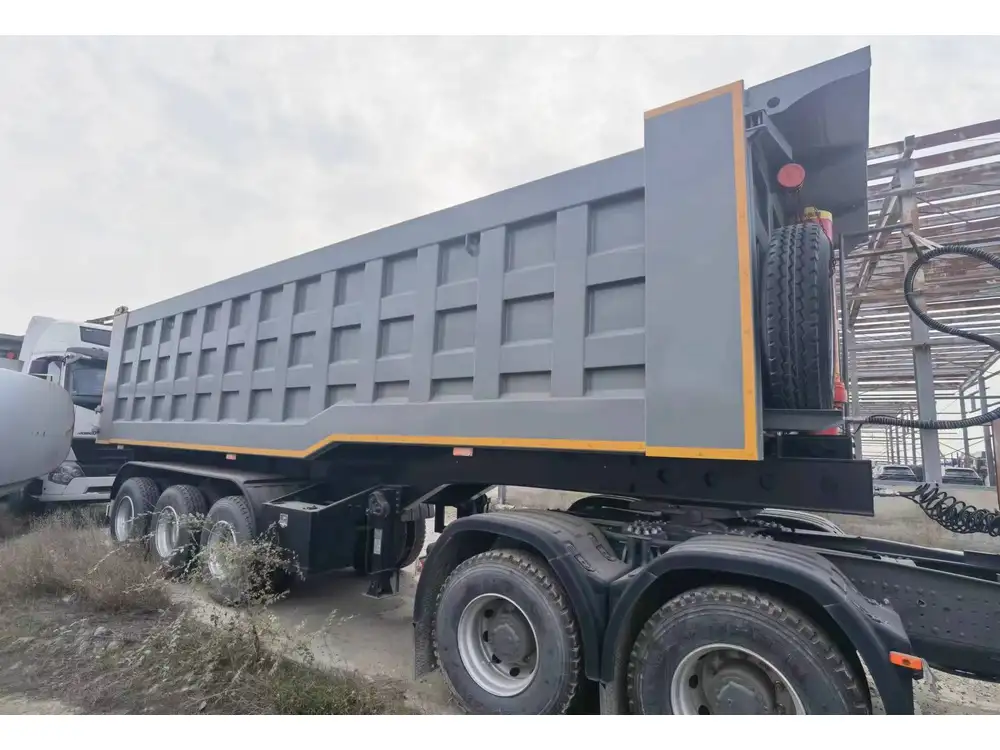
Cone Adjustment Method
- Cone Inspection: Examine the cones for any signs of damage or wear. Replace if necessary.
- Tighten the Cone: Using the appropriate wrench, tighten the cone against the adjusted bearing.
- Check for Drag: Spin the wheel and ensure it rotates freely without resistance.
Step 5: Reassembly
- Reattach the Wheel: Place the wheel back onto the hub and temporarily secure it with the lug nuts.
- Lower the Trailer: Carefully lower the semi-trailer back onto the ground.
Step 6: Final Tightening and Testing
- Final Torque of Lug Nuts: Using a torque wrench, tighten the lug nuts according to the manufacturer’s specifications.
- Test Drive: Perform a short test drive to ensure the wheel bearings are functioning effectively. Pay attention to any unusual sounds or vibrations.

Common Mistakes to Avoid
- Over-tightening: Applying excessive force can damage bearings and lead to premature failure.
- Neglecting Lubrication: Ensure sufficient lubrication is used and check the quality of the grease regularly.
- Ignoring Maintenance Schedules: Adhere to regular inspection and maintenance schedules to keep bearings in optimal condition.
FAQs on Wheel Bearing Maintenance
How Often Should Wheel Bearings be Inspected?
Routine inspection of wheel bearings is essential, especially before long trips. A thorough check every 12,000 miles is generally advisable.
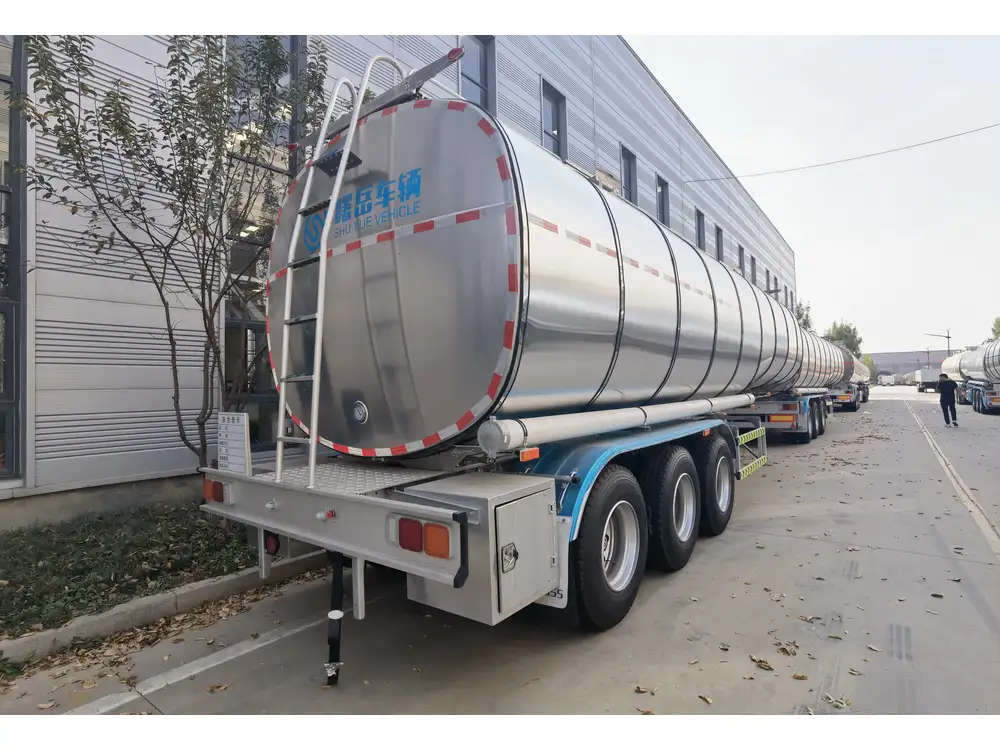
What Type of Grease Should Be Used?
Using the manufacturer’s recommended grease is crucial for optimal performance and longevity of the wheel bearings. High-temperature grease is often preferred for heavy-duty use.
Can I Tighten Wheel Bearings Without Professional Help?
While semi-experienced individuals can perform this task, consulting a professional is advisable if you are unsure of any steps involved.
Additional Maintenance Tips
- Regularly Check Tire Pressure: Improper tire pressure can put undue strain on wheel bearings.
- Monitor Brake Performance: Keep an eye on brake pad wear and alignment, as they can affect bearing health.
- Schedule Professional Inspections: Even if you perform regular maintenance, professional inspections can uncover hidden issues.
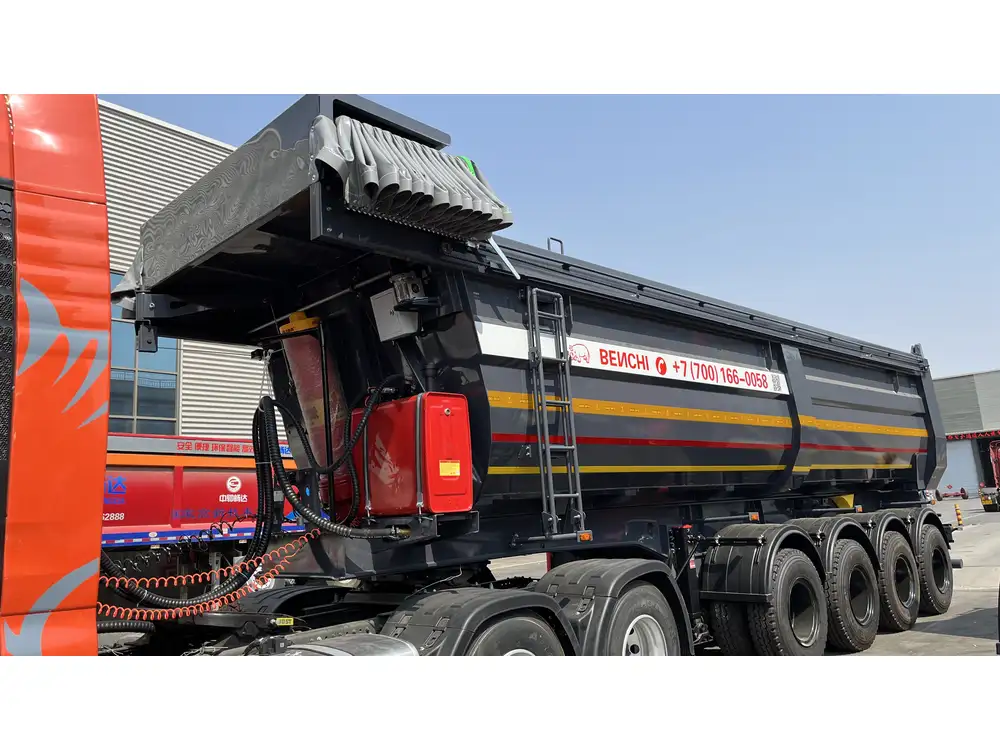
Conclusion
Tightening wheel bearings on a semi-trailer is not just a maintenance task; it is a crucial step towards ensuring safety and efficiency on the road. By following this comprehensive guide, you can increase the lifespan of your bearings and improve overall vehicle performance. Routine checks combined with proper adjustments will save costs and provide peace of mind during your journeys.
Maintain your semi-trailer with care and attention. The road may be unpredictable, but the performance of your semi-trailer shouldn’t be. Stay safe and implement these best practices for wheel bearing maintenance.



